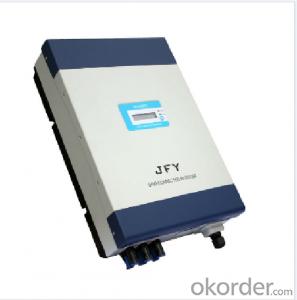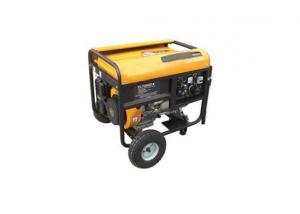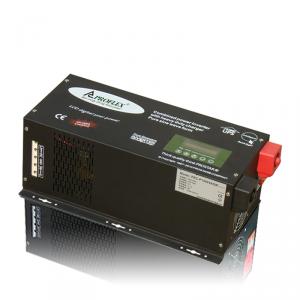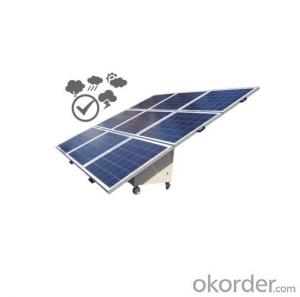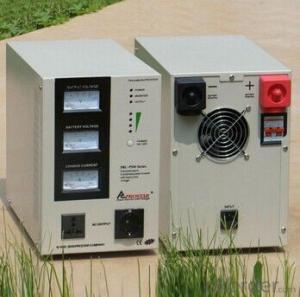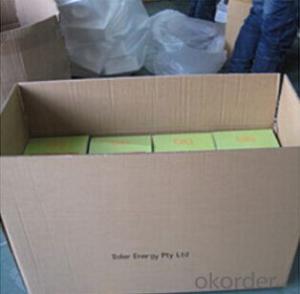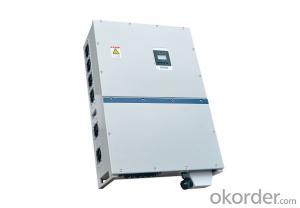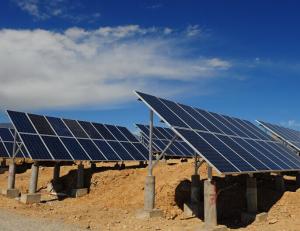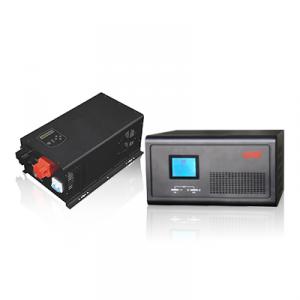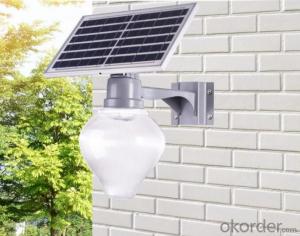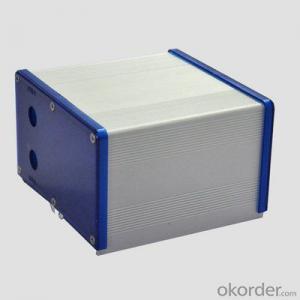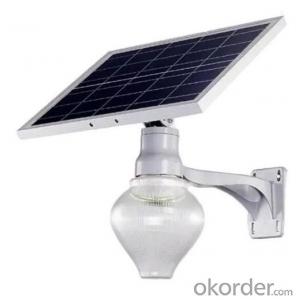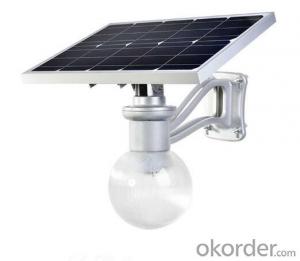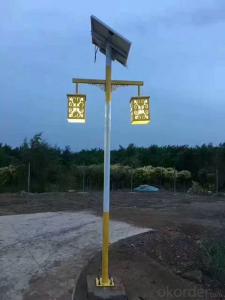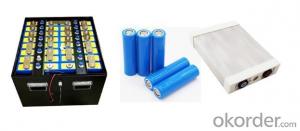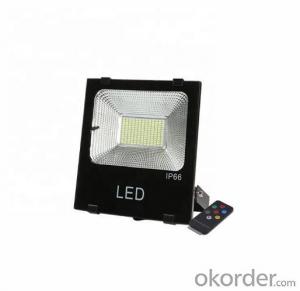Inverter For 5kw Solar System
Inverter For 5kw Solar System Related Searches
Solar 5kw Inverter 5kw Solar Inverter 5kw Solar Power Inverter 5kw Inverter Solar System Solar Power 5kw Inverter 5kv Solar Inverter 5kw Solar Panel Inverter Solar 5kva Inverter 5 Kilowatt Solar Inverter Best 5kw Solar Inverter 5kva Inverter Solar System 5kva Solar Inverter 5 Kva Solar Inverter 5kw Solar Inverter For Sale 5k Solar Inverter 5kw Solar Hybrid Inverter 5kw Hybrid Solar Inverter 5 Kw Hybrid Solar Inverter Hybrid Solar Inverter 5kw Solar 5kw Inverter Price 5kw 48v Solar Inverter 5kw Solar Inverter Price 5 Kw 3 Phase Solar Inverter 5kw Solar Inverter Cost 5kw 3 Phase Solar Inverter 5kw On Grid Solar Inverter 5kva Hybrid Solar Inverter 5.5 Kw Solar Inverter 5kw Three Phase Solar Inverter 5kv Solar Inverter PriceInverter For 5kw Solar System Supplier & Manufacturer from China
Inverter For 5kw Solar System is a crucial component in harnessing solar energy, as it converts the direct current (DC) generated by solar panels into alternating current (AC) that can be used by electrical appliances. This product is essential for any solar power system, ensuring efficient energy conversion and reliable power supply.The Inverter For 5kw Solar System finds its application in various scenarios, such as residential homes, commercial buildings, and off-grid systems. It plays a vital role in reducing electricity bills, promoting renewable energy, and contributing to a sustainable environment. By using this product, users can take advantage of solar energy to power their homes or businesses, reducing their reliance on traditional energy sources and minimizing their carbon footprint.
Okorder.com is a reputable wholesale supplier of the Inverter For 5kw Solar System, boasting a large inventory to cater to the diverse needs of customers worldwide. With a commitment to quality and customer satisfaction, Okorder.com ensures that the Inverter For 5kw Solar System is available at competitive prices and with prompt delivery.
Hot Products





